DROPS Puna
Pure alpaca softness
from:
18RON
per 50 g
Content: 100% Alpaca
Yarn Group:
B (20 - 22 stitches)
/ 8 ply / DK / worsted
Weight/length: 50 g = approx 110 m
Recommended needle size: 4 mm
Knitting tension: 10 x 10 cm = 21 sts x 28 rows
Care: Hand Wash, cold max 30°C / Dry Flat / Feltable
Superwash: no
Made in: Peru
Raw material origin: Alpaca from Peru
This yarn has an Oeko-Tex® certification (certificate number 16.HPE.92779), Standard 100, Class II from the Hohenstein Institute. This means that is has been tested for harmful substances and is considered safe in human-ecological terms. Class II means the yarn is suitable to come in direct contact with the skin to a large extent, such as blouses, shirts, mattresses, etc.
DROPS Puna is a soft, light and beautifully warm yarn made from 100% superfine alpaca that’s perfect for almost any kind of garment and feels wonderful on the skin. Puna is made from 4 threads of superfine alpaca. The alpaca fibers used in this yarn are untreated, which means that it is only washed and not exposed to any chemical treatment prior to the dyeing. This highlights the fiber’s natural properties, while it also provides a better shape and texture quality.
Available in the most beautiful natural colours - this luxurious yet versatile yarn belongs to Yarn Group B, which makes it perfect to use in designs for both DROPS Karisma and DROPS Merino Extra Fine. And whether you knit or crochet with it, the result will be comfortable, light and wonderful to both see and touch. Plus, you can make sure you get very even stitches by giving your garment a simple wash.
Read more about our products' sustainability here
Please be aware that the colours shown may vary from screen to screen in the same way that shades may vary slightly from dye lot to dye lot.
How do I care for this yarn?

Hand Wash, cold max 30°C / Dry Flat
First of all, consider just airing the garment, instead of washing it. If you still desire to wash it, here are some guidelines:
- Hand wash at 30ºC - separately - with wool detergent without enzymes or optical brighteners.
- Don’t let the garment soak. Move the garment gently back and forth, do not rub or squeeze it.
- Rinse the garment until the rinse water is completely clear, making sure the water temperature stays uniform.
- Do a light centrifugation of the garment (about 800rpm), choosing a program that DOES NOT take in water at the start. Or press carefully the water out of the garment with a dry towel. The garment shouldn’t be twisted or rolled.
- To dry the garment, shape it and lay it flat - do not hang - ideally on a warm bathroom floor or on top of a drying rack in a room with good air circulation. Never dry the garment in direct sunlight.
- Don’t tumble dry.
Note: If you are washing a project made with this yarn combined with another, the general guideline is to follow the washing instructions for the most delicate of the yarns you are working with.
Thinking about felting this yarn?
See how this yarn looks before and after felting:
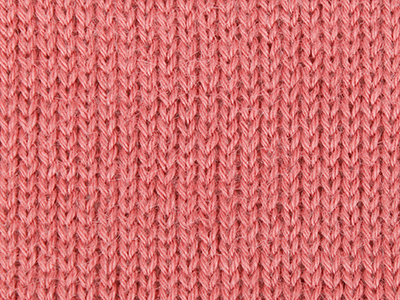

Needles: 4.00 mm
Before: 20 sts x 26 rows
After: 22 sts x 34 rows
Do you have a question about this yarn?
See a list of frequently asked questions (FAQ) about our yarns.
1) What type of fibers make the DROPS yarns?
Yarn can be made from a large number of natural and synthetic fibers. DROPS carries mainly yarns made from wool, cotton, alpaca, linen, mohair and silk. Each fiber type has its own qualities, and they are often mixed to take advantage of the best properties of each one. Coarse yarn has the advantage of being stronger and more durable, and finer fibers offer more softness and comfort. Here a bit about the main fibers we carry:
Alpaca:
Alpaca fleece is the natural fiber harvested from an alpaca, and it is similar in structure to sheep wool fiber. Its softness comes from the small diameter of the fiber, similar to merino wool. It is a soft, durable, luxurious and silky natural fiber. Yarn made from alpaca fibers does not felt or pill easily, and it can be light or heavy in weight, depending on how it is spun. While similar to sheep’s wool, it is warmer, not prickly, and has no lanolin, which makes it hypoallergenic. Alpacas come in 22 natural colors, with more than 300 shades from a true-blue black through browns-black, browns, white, silver and rose-greys.
Mohair:
This fiber comes from the Angora goats, and it's considered a luxury fiber. Mohair yarn is warm as wool, but much lighter in weight; it is durable, dyes well and does not felt easily. Mohair fibers have also a distinctive luster created by the way they reflect light. Despite being a hard fiber, mohair is usually spun into a very fluffy yarn, resulting in airy and lustrous garments.
Wool:
The wool fibers come from the skin of sheep and are relatively coarse fibers. Two striking characteristics of wool are its susceptibility to heat and its felting property, which is caused by the scales on the surface. Depending upon the breed of sheep, the appearance of the wool varies.
Wool from Merino sheep is considered the finest type of wool, having as characteristics that is finely crimped and soft. All the Merino wool in the DROPS yarns has its origins in South America, coming from sheep that have not been subject to Mulesing.
Pure new wool is wool made directly from animal fleece, and not recycled from existing wool garments.
Machine washable wool is wool treated chemically to minimize the outer fuzzy layer of the fibers, and be therefore fitable for machine wash (see Superwash).
Silk:
The silk fiber is a fine continuous fiber produced from the cocoon of a moth caterpillar known as the silkworm. While silkworm is cultivated, the wild or tussah silk is obtained from uncultivated silkworm cocoons. Silk fiber is one of the strongest natural fibers and makes a wonderful knitting yarn. It blends really well with other fibers, especially wool. Silk also dyes beautifully with natural dyes.
Vegetable fibers:
There are several varieties of vegetable fibers, found in the cell walls of plants or vegetables. Of all the varieties, two are recognized as major knitted or textile fibers. They are cotton and linen.
Cotton is the fiber surrounding the seeds in a cotton pod, and it is almost pure cellulose. Cotton is usually white in color but there are green and brown varieties as well. The cotton fiber is most often spun into yarn or thread and used to make a soft, breathable textile that is good for summer clothing and accessories, making a weaker yarn than silk or linen but stronger than wool.
Mercerized cotton is cotton that has been through a mercerization treatment. This treatment gives cotton fabrics and threads a lustrous yarn that is more lustrous than conventional cotton. It is also stronger, takes dye a little more readily, makes the yarn more resistant to mildew and reduces lint. It also may not shrink or lose its shape as much as "regular" cotton.
Linen is a fiber derived from the stalk of the flax plant that is durable and stronger than any other fiber. The linen fiber is relatively soft, straight and lustrous and becomes more beautiful with age. Linen is more comfortable to wear in hot temperatures than cotton, due to the fact that it absorbs moisture better and dries more quickly.
Other materials used in our yarns include synthetic fibers such as acrylic, viscose, polyamide (nylon) and polyester. These fibers are used mostly to give strength to a yarn (like our sock yarn, DROPS Fabel) or a special kind of structure (like our blown yarn, DROPS Air).
The polyamide fibre, commonly known as nylon, is very strong, durable, lightweight, easy to care for (can be machine washed and dried), and elastic, which makes it perfect for blending with other fibres to produce hard-wearing yarns like sock yarn.
Compared to polyester, polyamide is softer and more flexible, but it also absorbs more water and dries slower.
3) What type of information can I find on the DROPS yarn labels?
All DROPS yarn labels include information about fiber content (wool, cotton, etc.), weight in grams and ounces, length in meters and yards, washing instructions and symbols (explained here), color number, dye lot number and yarn group information.
4) What are the DROPS yarn groups?
All DROPS yarns are classified into 6 different thickness groups (A to F). Yarns in a same group have similar knitting tension/gauge, and can therefore be interchanged in patterns; however the length may be different, so when substituting always calculate the amount of meters/yards needed for the pattern to know the amount of yarn you need to get.
5) Can I use a different yarn than the one mentioned in the pattern?
Yes, as long as the yarn can be worked in the same knitting tension/gauge. Always swatch to make sure you get the same number of stitches in width and rows in height as given in the pattern.
Remember that different yarns with different textures, will give the garment different looks. The yardage/length may also be different, so when substituting always calculate the number of yards needed, in order to know the amount of yarn you need.
Read more about how to calculate the amount of an alternative yarn - and how to replace 1 thread of a yarn with 2 or more of another, here.
6) What does it mean when a yarn is “Superwash”?
A superwash wool is a special wool product that has been treated or processed in a way that allows it to be machine washable. Many people are afraid to work with wool because it is so easy to shrink (though some shrink wool on purpose) and superwash wool can allow them to work with great fibers without worry. (Read more here).
7) What does “Oeko-Tex® certified” means?
The Oeko-Tex® Standard 100 was introduced at the beginning of the 1990s as a response to the needs of the general public for textiles which posed no risk to health. The Oeko-Tex® Standard 100 is a globally uniform testing and certification system for textile raw materials, intermediate and end products at all stages of production. The test for harmful substances comprise substances which are prohibited or regulated by law, chemicals which are known to be harmful to health, and parameters which are included as a precautionary measure to safeguard health.
For more info go to www.oeko-tex.com
10) How accurate are the colours on the shade cards online?
When obtaining images for the shade card, we do our best to achieve the highest level of color accuracy. Unfortunately, we cannot guarantee how images will appear on your computer screen. Every monitor displays color differently, some colors might look darker than they really are, and some colors might be more saturated on some screens. If you experience that many of the yarn colors looks different on your screen than the actual color of the skeins, you can adjust the setting on your monitor.
11) What is a micron? What does super fine / extra fine mean?
The fineness of yarn fibers is measured in microns (thousands of millimeters). Super fine alpaca wool is 26-28 microns. Fine merino wool is less than 21.5 microns and extra fine merino is under 19.5 microns. The less microns the softer and more delicate a quality can be, the more microns the more hard wear the quality will be.
The reason why the microns in a yarn’s fibers are important is that the yarn will eventually become something else, and how delicate or coarse a yarn is will determine in part what we use it for. That’s why we recommend the softest yarns (like DROPS Baby Merino) for baby clothing, or why we choose to use a more hard wear yarn like DROPS Snow, for a seating pad or slipper.
12) Why are the colours in my skeins of print yarn different?
The reason why two skeins of a same print yarn look different can be 1) that both skeins are part of different dye lots; 2) that the skeins have been dyed using a technique called "magic print" (the one used for example in DROPS Delight), which provides unique patterns and smooth colour transitions to each skein, meaning also that within one dye lot, lighter or darker varieties might appear. This is no fault or defect, but part of the yarn's character.
13) My store doesn’t have the colour I want, what can I do?
If your DROPS store doesn’t have the yarn colour you want, try contacting a DROPS Super Store (the ones with the golden badges) - they will make sure to get a hold of the colour even if they don’t have it in stock themselves. See a list of all DROPS stores here.
14) Where can I find a specific dye lot of a colour?
Always try contacting your DROPS store first. If they do not have the dye lot you want we recommend you to ask other knitters and crocheters in the DROPS Workshop in Facebook or Ravelry, which may have the dye lot in their stash and might be willing to part from it.
Yarn sheds because there's not enough twist to hold all of the fibers together. All yarns have excess fibers (from production) that might come off as lint or shedding, in varied degrees that depend on how the yarn is spun. Brushed yarns ("hairier" yarns) like DROPS Melody, have more of these loose fibers than other yarns, and therefore shed more. Shedding also depends on what is worn under or over the garment, and whether this pulls at the yarn fibers. It’s therefore not possible to guarantee that there will be no shedding.
Below are some tips on how to get the best result when working with hairier yarns:
- When the garment is finished (before you wash it) shake it vigorously so the looser hairs come off. NOTE: do NOT use a lint roller, brush or any method that pulls at the yarn.
- Place the garment in a plastic bag and put it in your freezer - the temperature will cause the fibers to become less attached to each other, and excess fibers will come off easier. Leave in the freezer for a few hours before taking it out and shaking it again.
- Wash the garment according to the instructions on the yarn label. Garments worked with hairier yarns usually need to be shaken once dry after washing, so that the hairs rise and any excess fibers can come off.
Pilling is a natural process that happens to even the most exclusive of fibers. It's a natural sign of wear and tear that is hard to avoid, and that is most visible in high friction areas of your garment like a sweater's arms and cuffs.
You can make your garment look as new by removing the pilling, using a fabric comb or a pill/lint remover.
How can I replace this yarn?
If you are looking to replace this yarn with another DROPS yarn, you can use another yarn within the same yarn group, or try our yarn converter!
Other yarns in Yarn Group B
Read more about replacing yarn.Have a problem with the DROPS yarn you purchased?
When you purchase yarn from the shade cards or patterns on our site, you are not buying directly from DROPS but from one of the hundreds of DROPS stores around the world. It is therefore important that you take contact with the DROPS store where you bought the yarn, and that you save the labels of all the skeins you purchased (they are your warranty).
The DROPS store you contact will assist you and escalate the claim if necessary. Find a list of DROPS stores here.
Comments / Questions (146)
![]() Audelin wrote:
Audelin wrote:
J'aime beaucoup cette qualité mais c'est domage qu'il n'y ai pas d'autres couleur comme la palette alpaca .est ce quéil va y avoir d'autres teinte comme la qualité alpaca ?
16.05.2016 - 09:28DROPS Design answered:
Bonjour Mme Audelin, d'autres couleurs seront peut-être ajoutées par la suite mais elles n'auront pas forcément les mêmes caractéristiques naturelles. Bon tricot!
17.05.2016 kl. 12:08
![]() Linda wrote:
Linda wrote:
When will Puna be available again in the UK?
14.05.2016 - 23:16DROPS Design answered:
Dear Linda, please contact your DROPS Store either per mail or telephone, they will be able to answer you. Happy knitting!
17.05.2016 kl. 12:05
![]() Simona wrote:
Simona wrote:
Dobrý den, chtěla bych se zeptat, jestli je příze vhodná i pro miminka. Plánuji uplést deku nebo spací pytel a síla příze je tak akorát. Chci jenom alpaku. Děkuji za informaci a přeji pěkný den!
10.05.2016 - 20:38DROPS Design answered:
Dobrý den, ano, tato příze je měkká a velmi příjemná i v přímém kontaktu s pokožkou, hodí se tedy i na úplety pro malé děti a miminka. Hezký den! Hana
26.05.2016 kl. 18:47
![]() Margaret wrote:
Margaret wrote:
Hello there,will the new colors be available before the sale finishes thank you
07.05.2016 - 18:49DROPS Design answered:
Hi Margaret. At this moment we are not planning any more colours than what is already listed :-)
09.05.2016 kl. 10:42
![]() Tews Katharina wrote:
Tews Katharina wrote:
Hallo! Ich würde sehr gerne diese Wolle ausprobieren. Nun wie ist es mit dem Waschen? Da steht ja, dass sie zum Filzen geeignet ist.... Na ja, dass dieser Vorgang stattfindet, möchte ich eigentlich vermeiden. Wenn ich die Wolle so wasche, wie es angegeben ist, bleibt mir die Form erhalten? Geht die Wolle ein? Und ab wie viel Grad wird gefilzt? Vielen Dank!
04.05.2016 - 14:00DROPS Design answered:
Liebe Katharina, wenn Sie sich an unsere Pflegehinweise halten filzt die Wolle nicht.
09.05.2016 kl. 20:46
![]() Leila Virta wrote:
Leila Virta wrote:
Kiva kun B-lankaryhmään saatiin myös alpakkalanka.
07.04.2016 - 16:28
![]() Marijke wrote:
Marijke wrote:
Hier ben ik reuzeblj mee! Goed ook dat er gekozen is voor zulke prachtige natuurlijke kleuren, ik ga snel een projectje bedenken voor dit garen!
04.04.2016 - 19:53Hanna wrote:
Excuse a silly knitting-newbie question but is this yarn suitable for a cable sweater?
04.04.2016 - 17:02DROPS Design answered:
Hi Hanna. Yes, you can use it for a cable sweater :-)
05.04.2016 kl. 10:03
![]() C Frost wrote:
C Frost wrote:
As our local Drops Store has closed it's not very helpful seeing this and then being told it's not available to buy online!
04.04.2016 - 13:47DROPS Design answered:
Dear Mrs Frost, see here list of all DROPS Store in/shipping to UK - DROPS Puna is a new coming one, contact the stores so that they can let you know when they will have in stock. Happy knitting!
04.04.2016 kl. 14:09
![]() Angelina wrote:
Angelina wrote:
Are you intending to bring out some other colours, the ones you have may be natural and they are nice but I love colour. The yarn sounds lovely and great that it knits up to a double knit tension as that is my favourite
04.04.2016 - 11:33DROPS Design answered:
Dear Angelina, more colours may come later, but then not in natural colours. Happy knitting!
04.04.2016 kl. 14:07
![]() Karin wrote:
Karin wrote:
Dear Sir/Madam, Puna looks lovely and, as an Alpaca yarn, I find it does not provoke the same itchy allergic reaction that I get to sheep's wool. When will it be made available in the UK? I am a regular customer of Wool Warehouse, but see nothing there. Cheers
04.04.2016 - 11:11DROPS Design answered:
Dear Karin, it will be available soon - contact your DROPS store, they will tell you when they will get the yarn. Happy knitting!
04.04.2016 kl. 14:06
![]() Marion wrote:
Marion wrote:
J'ai trop hâte de pouvoir la commander! de l'apaca pur en B, je ne l'espérais pas! merci Drops!!
31.03.2016 - 10:33
![]() Mette Martine Monssen wrote:
Mette Martine Monssen wrote:
Finner ikke dette garnet i noen nettbutikker?
25.03.2016 - 20:12DROPS Design answered:
Hej Mette. Det er lige kommet paa lager hos os, saa inden for de naeste dage kan du köbe det hos vores butikker
29.03.2016 kl. 12:38
![]() Gaelle wrote:
Gaelle wrote:
Bonjour, Je ne trouve pas d'endroit où acheter la PUNA.. Le site indique qu'on la trouve chez Luce Laine Tricot. Mais Luce Laine Tricot est en rupture de stock, et leur site d'indique pas de re-arrivage prochainement pour la PUNA. Pouvez-vous m'aider? Cette laine a l'air tellement jolie! Merci à vous, Gaelle
24.02.2016 - 14:57DROPS Design answered:
Bonjour Gaëlle, cette qualité n'est pas encore arrivée, pensez à vous abonner à notre newsletter et/ou à nous suivre sur Facebook pour ne pas manquer son arrivée! Bon tricot!
24.02.2016 kl. 16:23
![]() Paula wrote:
Paula wrote:
Hallo , hele mooie warme kleuren. groeten Paula.
23.02.2016 - 12:36
![]() Benzeriga wrote:
Benzeriga wrote:
Existe t-il d'autres couleurs en drops Puna ?
14.02.2016 - 15:21DROPS Design answered:
Bonjour Mme Benzeriga, tous les coloris prévus actuellement sont présentés ici. Bon tricot!
15.02.2016 kl. 12:16
![]() Susanne Plesner wrote:
Susanne Plesner wrote:
Ren alpaca i garngruppe B er lige hvad jeg har ventet på. Hvornår kommer den i handlen?
13.02.2016 - 13:28DROPS Design answered:
Hej Susanne. Vi forventer den i butikkerne i begyndelsen af marts.
15.02.2016 kl. 10:25
![]() Nadia wrote:
Nadia wrote:
Vedo che i filati drops puna non sono ora disponibili.Vorrei sapere quando lo saranno per poterli ordinare.grazie
08.02.2016 - 23:05DROPS Design answered:
Buongiorno Nadia. Come data stimata di consegna, viene indicata la prima settimana di marzo. Sono date che possono, per diversi motivi, subire qualche variazione. Non appena la data sarà definitiva, troverà informazioni sul nostro sito e su quello del suo rivenditore di fiducia. Buon lavoro!
09.02.2016 kl. 15:06
![]() Marta wrote:
Marta wrote:
Kiedy to cudo będzie dostępne w Polsce?
08.02.2016 - 13:44DROPS Design answered:
Pod koniec lutego. POZDRAWIAMY
12.02.2016 kl. 22:17
![]() Ursula wrote:
Ursula wrote:
Sehr schön! Alpaca in Garngruppe B hat noch gefehlt. Bin gespannt auf die neue Qualität und werde sie gleich ausprobieren wenn sie erhältlich ist.
04.02.2016 - 08:11






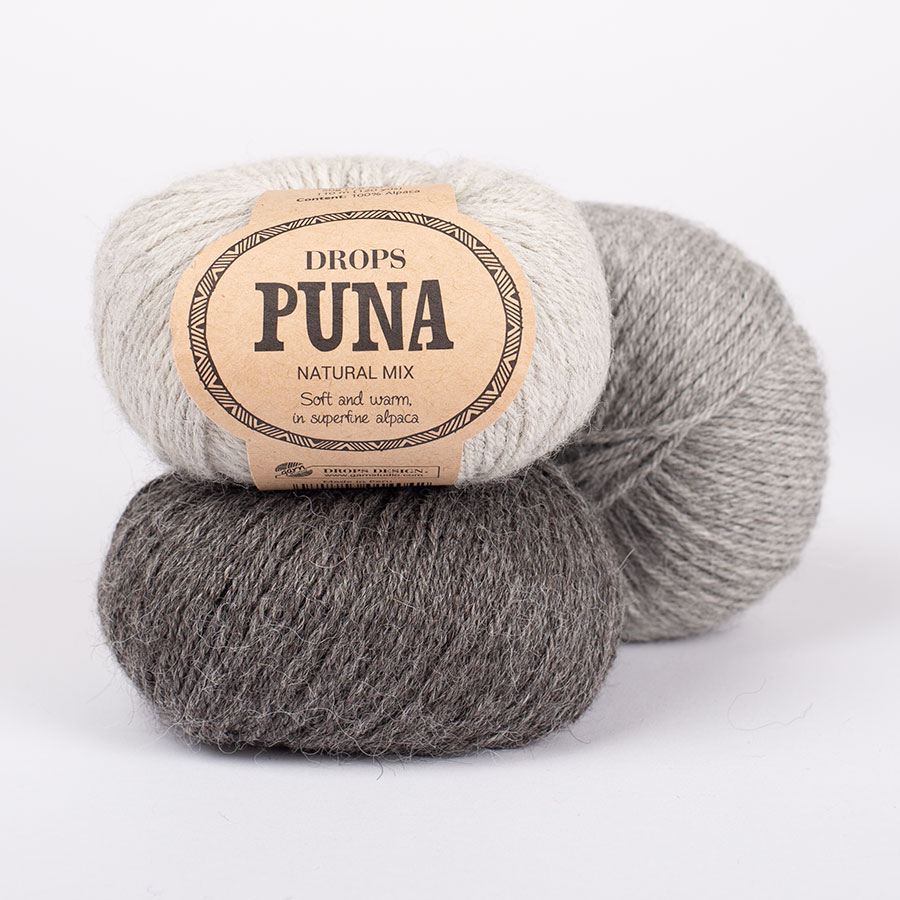

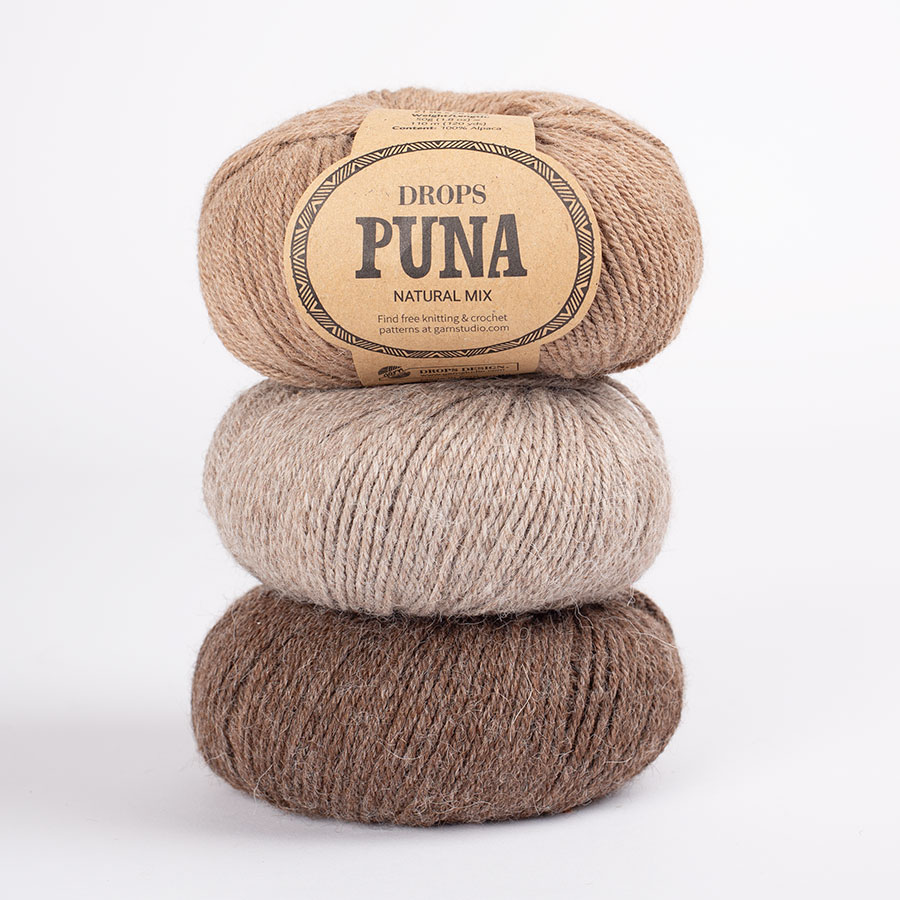
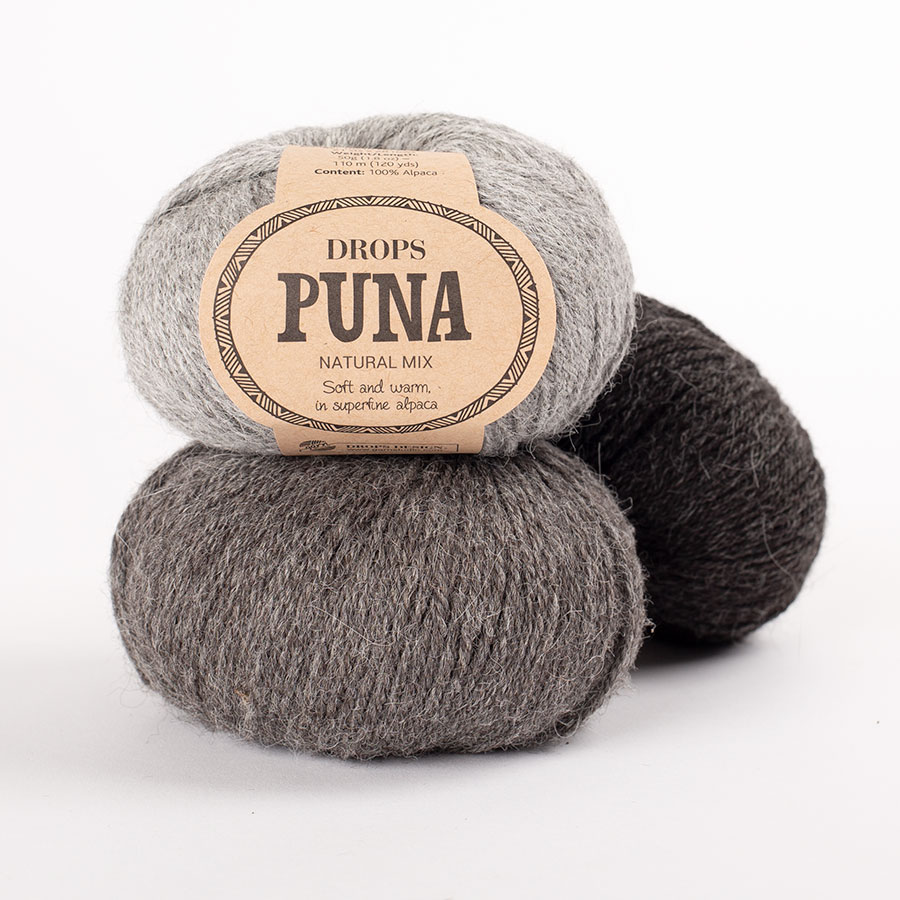
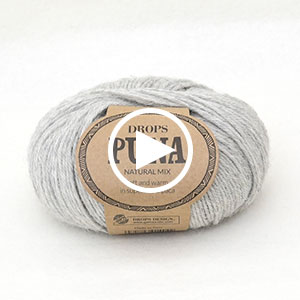








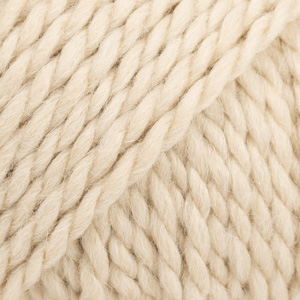











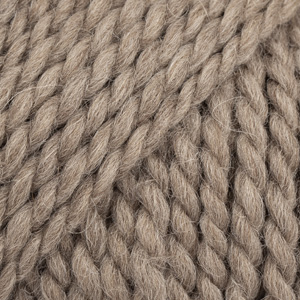

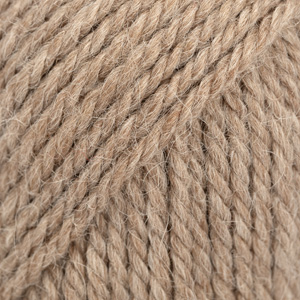


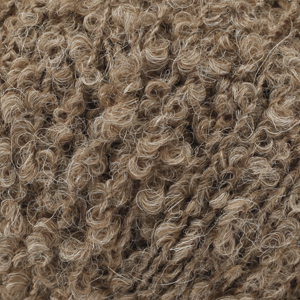








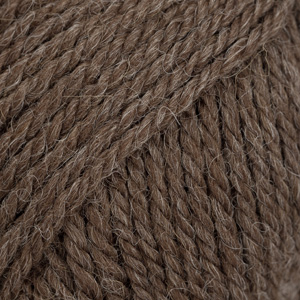

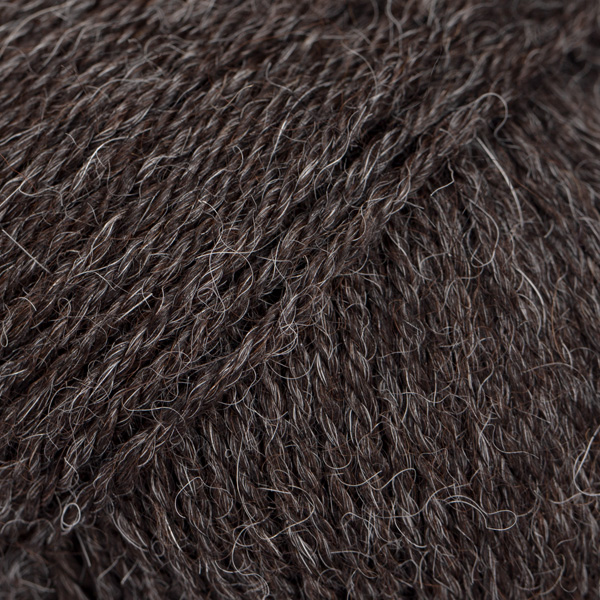



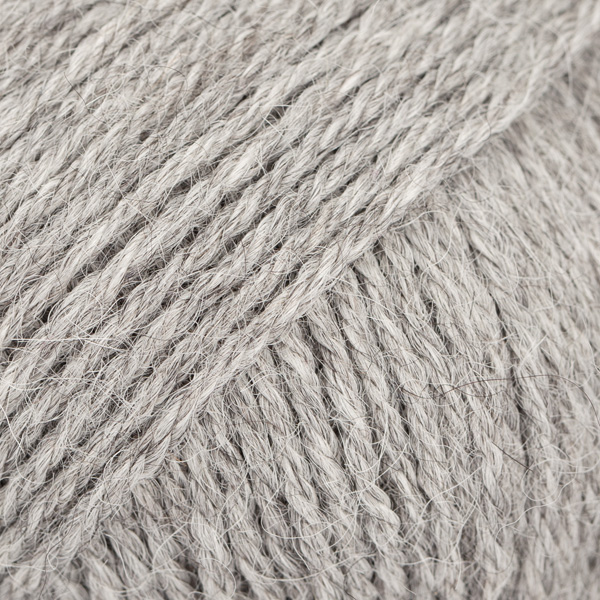




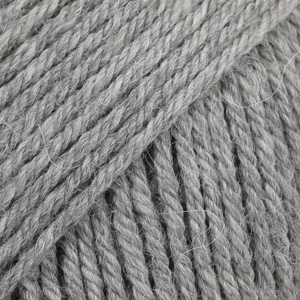




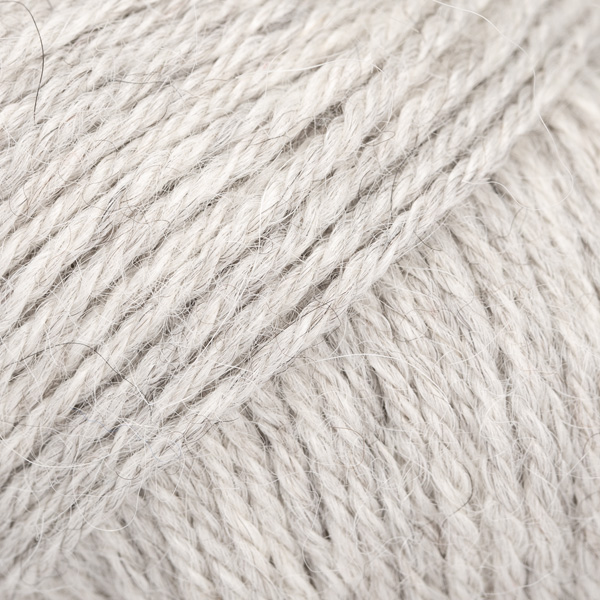


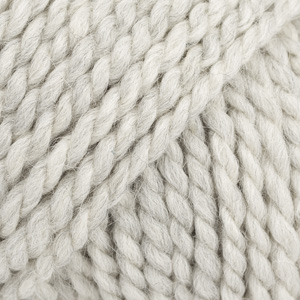















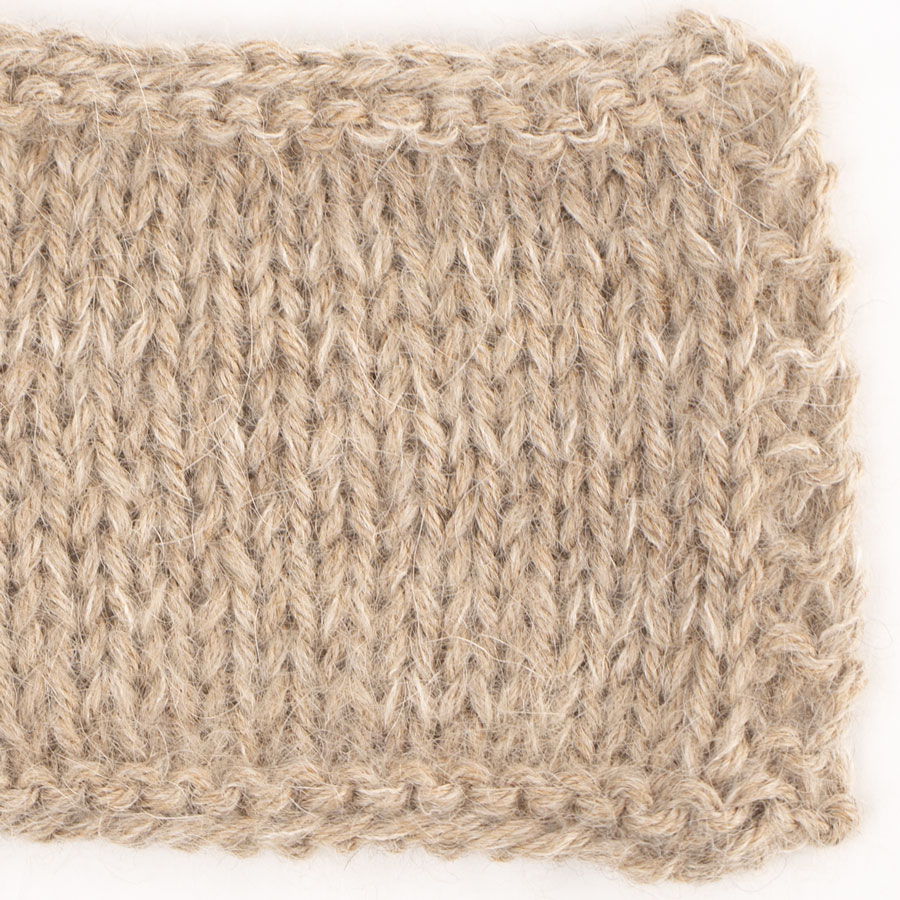
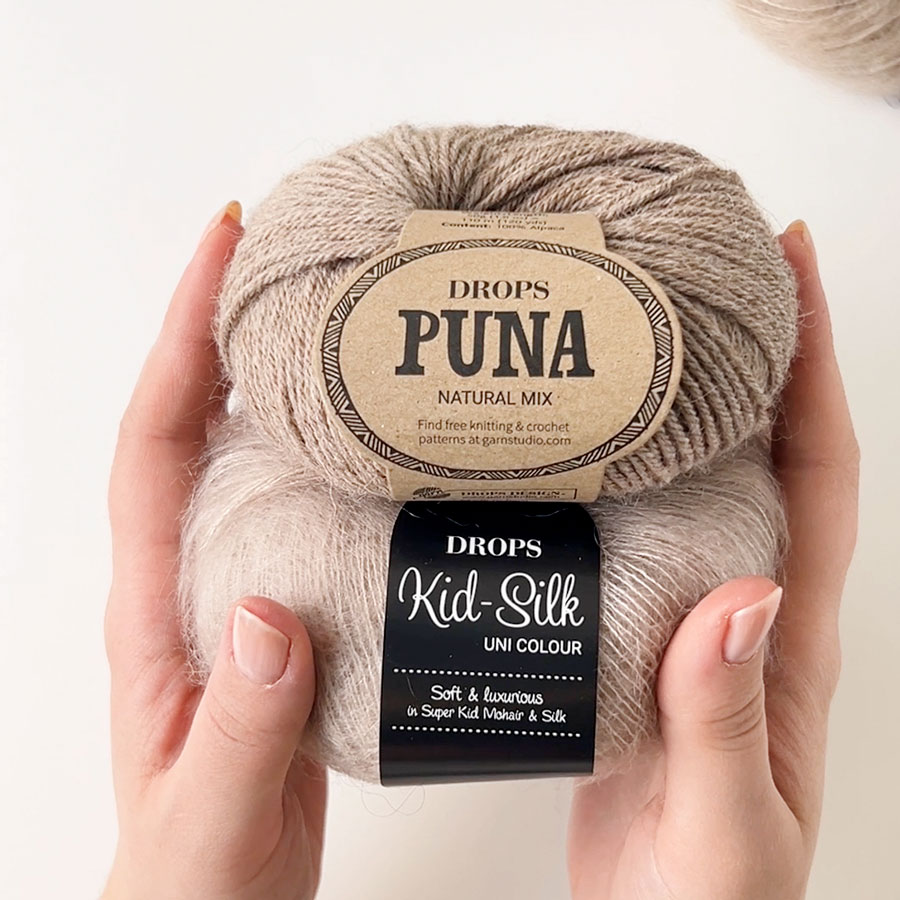
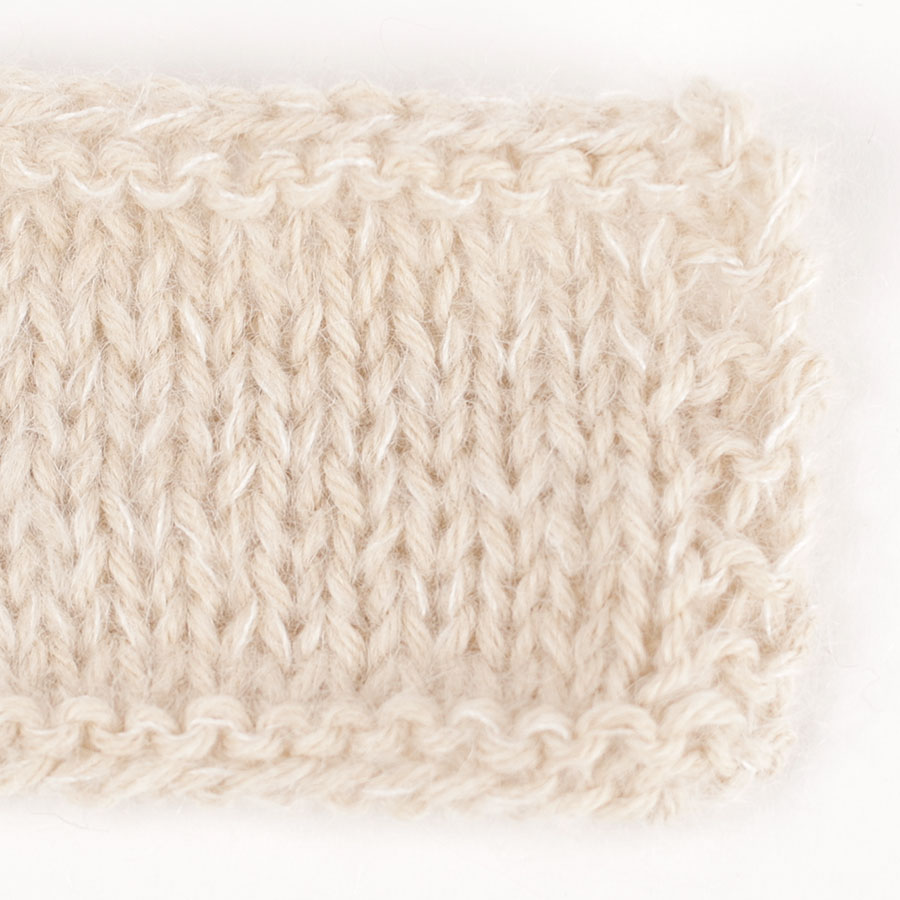
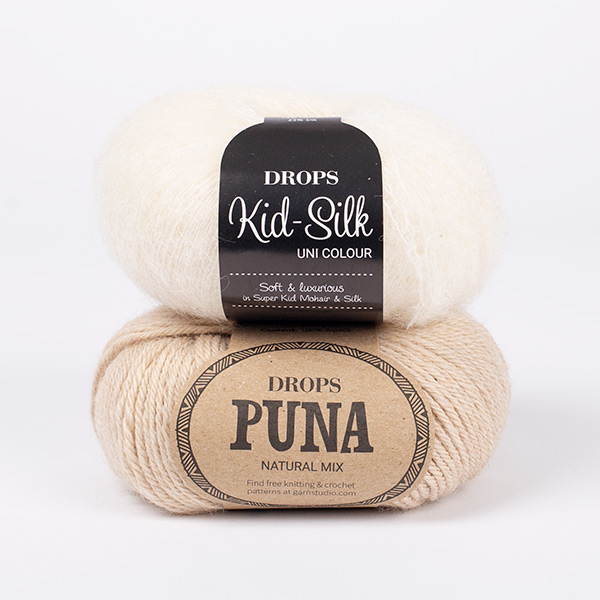
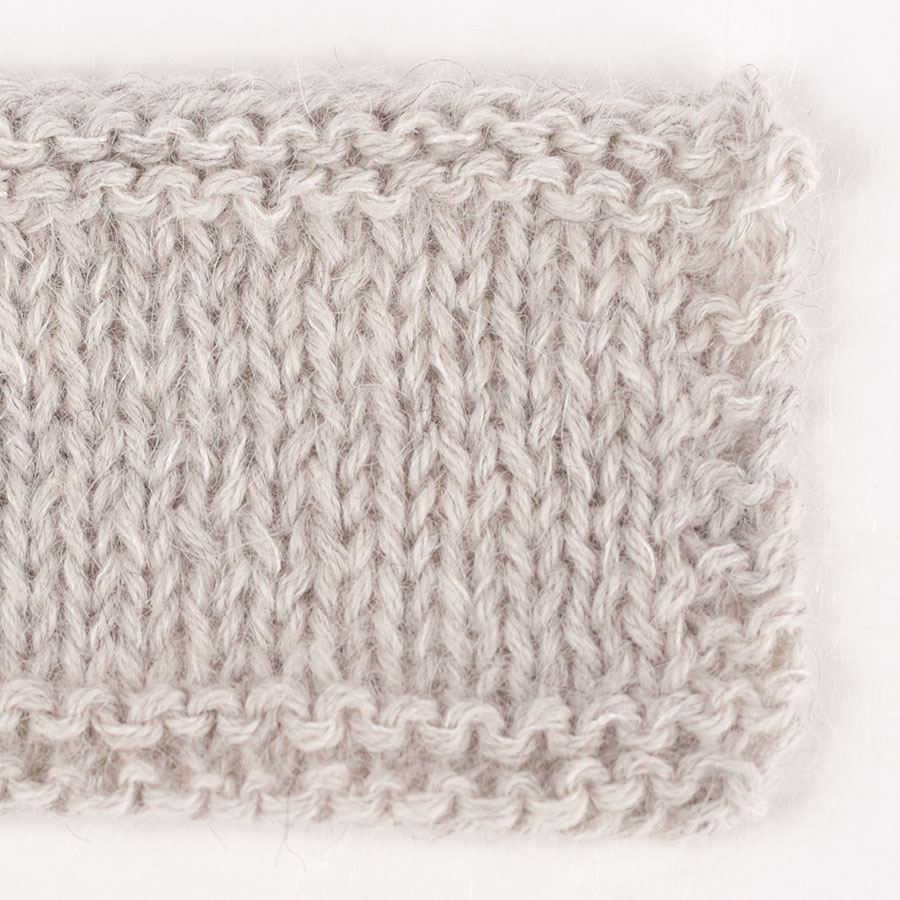
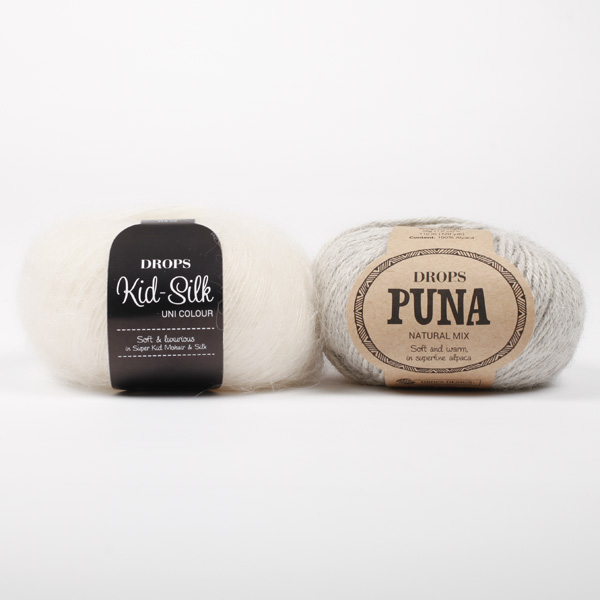





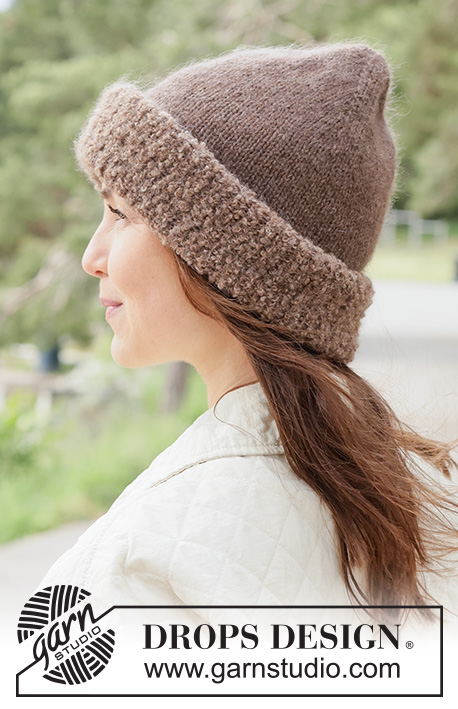


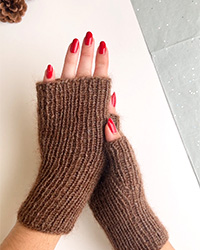
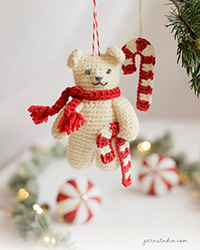
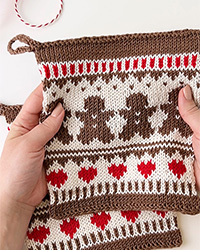
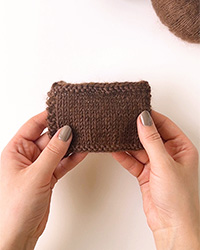

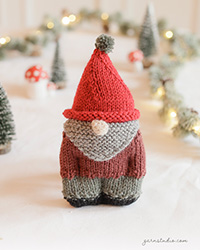
Bonjour, j'aimerais bien avoir plus de couleurs dans cette laine. Merci :)
29.04.2016 - 19:01